80 Charlotte Street offers a contemporary take on Fitzrovia architecture
80 Charlotte Street is a harmonious, large-scale, mixed-use project, created for its site by Make and Derwent London drawing on Fitzrovia architecture
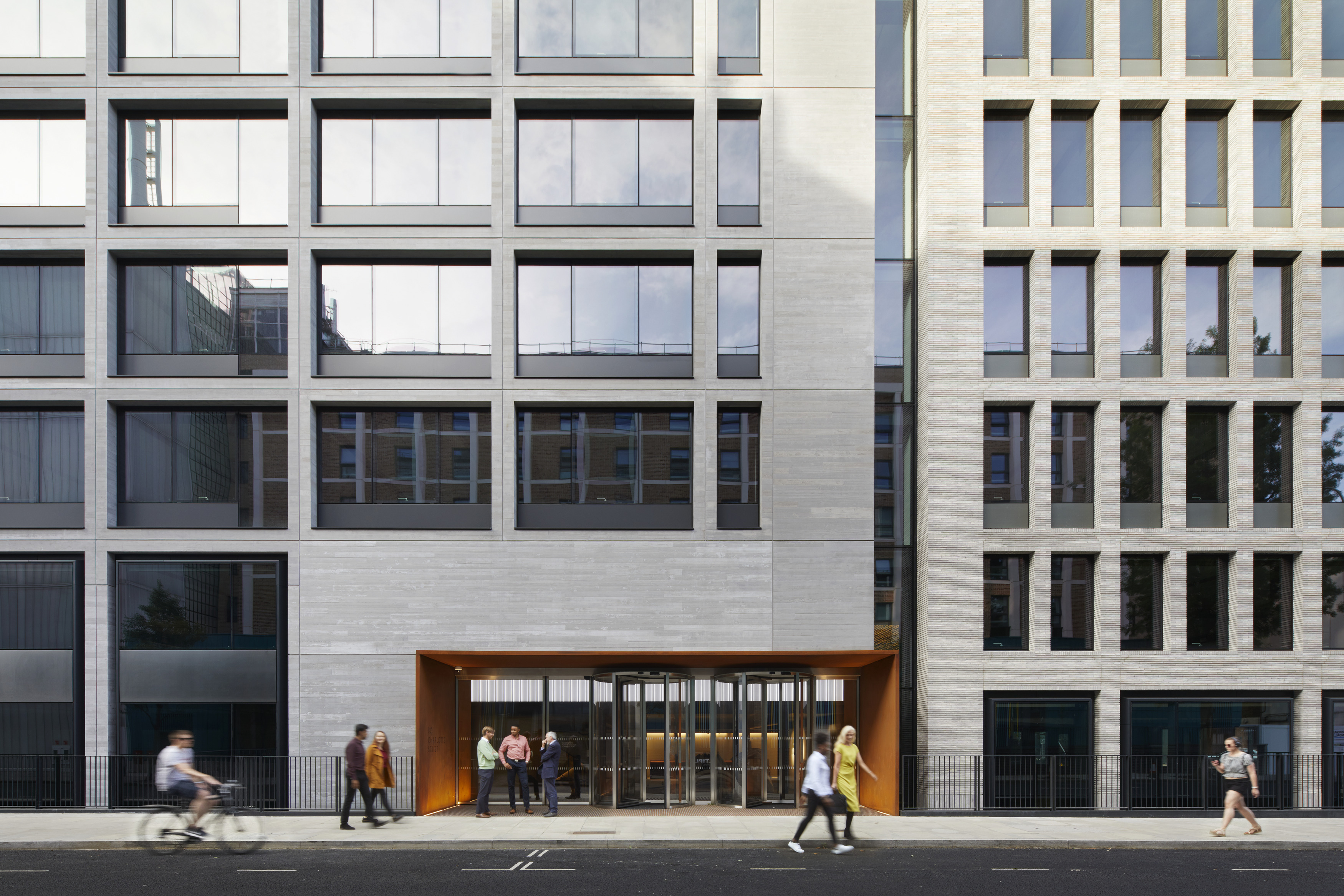
Jack Hobhouse - Photography
80 Charlotte Street is a scheme that brings together many different elements – multitasking in more ways than one. The large-scale project, recently completed by architecture studio Make and design-led developer Derwent London, takes up a whole city block. It gives the impression of comprising several distinct buildings, drawing on the rhythm of Fitzrovia architecture, but is in fact one, single concept, developed by the same architect, in one go.
The mixed-use scheme, encompasses office space, hospitality, retail and housing (private and affordable), as well as a mini-park. It also offers green credentials – both literally, in the shape of planted spaces on site, but also through its sustainable architecture approach. This includes clever natural ventilation and the specification of an all-electric energy supply, alongside more strategies that mean it is conceived with net-zero carbon operation in mind.
The project was born when Derwent acquired the former 1960s post office headquarters on the site, which had previously been occupied by Saatchi & Saatchi. Old building fabric (especially on the Whitfield Street side) was combined with brand-new structures on all sides to compose a city ‘island’ of life that is cleverly broken down into ‘hubs’ and different sections of discrete yet harmonious aesthetics. This take belies the fact that this is Derwent’s largest-ever project, combining 321,000 sq ft of office space and 45,000 sq ft of housing.
80 Charlotte Street by Make and Derwent London
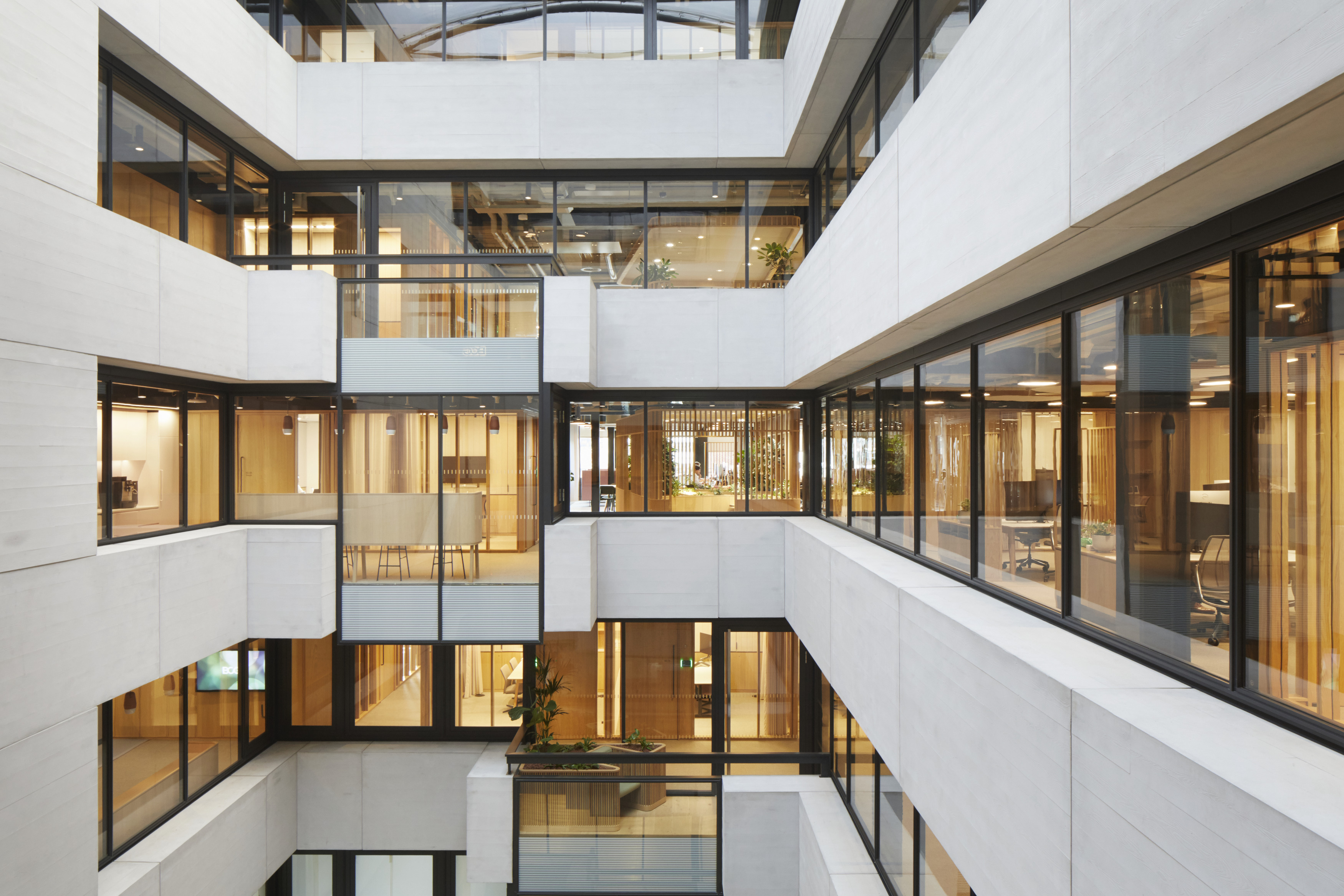
In bringing all these different spaces and elements together, Make opted to unite all the circulation cores at the centre of the large site, creating three key courtyards of different sizes, around which are arranged staircases, lifts and internal balconies and windows that visually connect the various parts. The whole block is treated as a single building with various sections – even though, from the outside, a range of façade treatments creates the impression of a more conventional cityscape of different structures in a row. Still, there is a common thread running through each exterior treatment, highlighting natural, finessed materials, openable windows, a more street-friendly, broken-down volume, and clever lines that emphasise vistas and a sense of rhythm and direction.
Key wellness-driven elements are inserted throughout, including a variety of large, planted roof terraces, leisure and communal space for users to gather and relax, and a public garden, named Poets’ Park, carved out of a chunk of the site on Chitty Street. Meanwhile, Derwent’s established knack for a tactile, material- and craft-focused language adds spatial quality and a sense of everyday luxury through Make’s design.
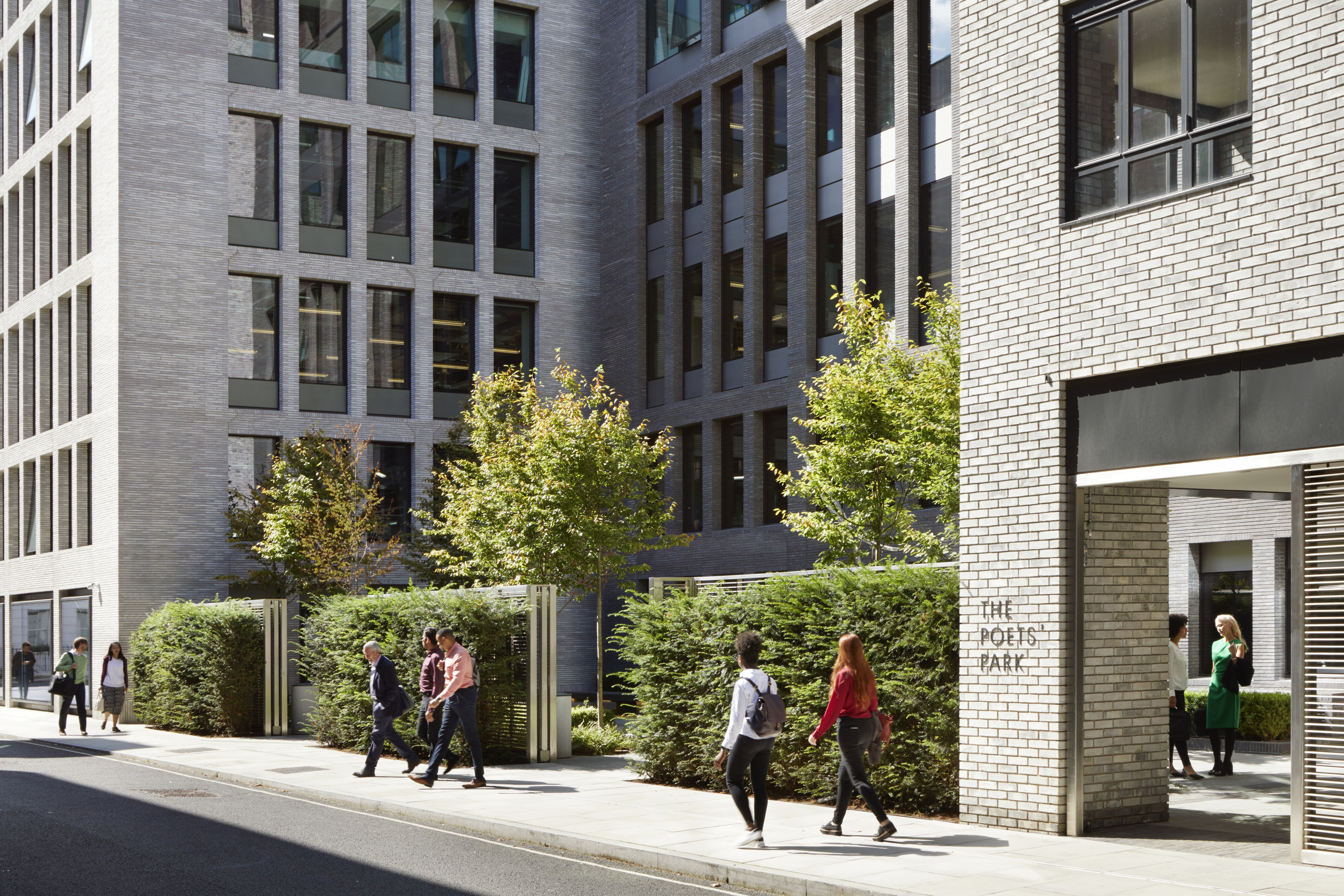
‘Make has been working with Derwent on 80 Charlotte Street for over a decade, and while in that time the economy has changed and the guidelines for offices have changed, the project has remained relevant, with fantastic social spaces, an option for mixed-mode ventilation and a green energy strategy,’ says project architect, Make’s Jason McColl. ‘This is a site-specific project, reusing existing elements and combining with new for a real crafted, artisan feel; it’s not a homogenous scheme or an off-the-shelf design. There’s real honesty in the structural expression, the steel frame and concrete floor slab are visible throughout, and the building form harnesses the character of Fitzrovia. The result looks like a number of different blocks rather than one. This is a piece of city-making which will stand the test of time.’
Finally, on one of the street corners’ ground level, Derwent is also debuting a new amenity space, available to use for all its tenants throughout London. DL/78 will be a club-like offering and experience for the Derwent community to use when in the area, adding an extra layer of vibrancy and engagement to this diverse, site-specific piece of Fitzrovia architecture.
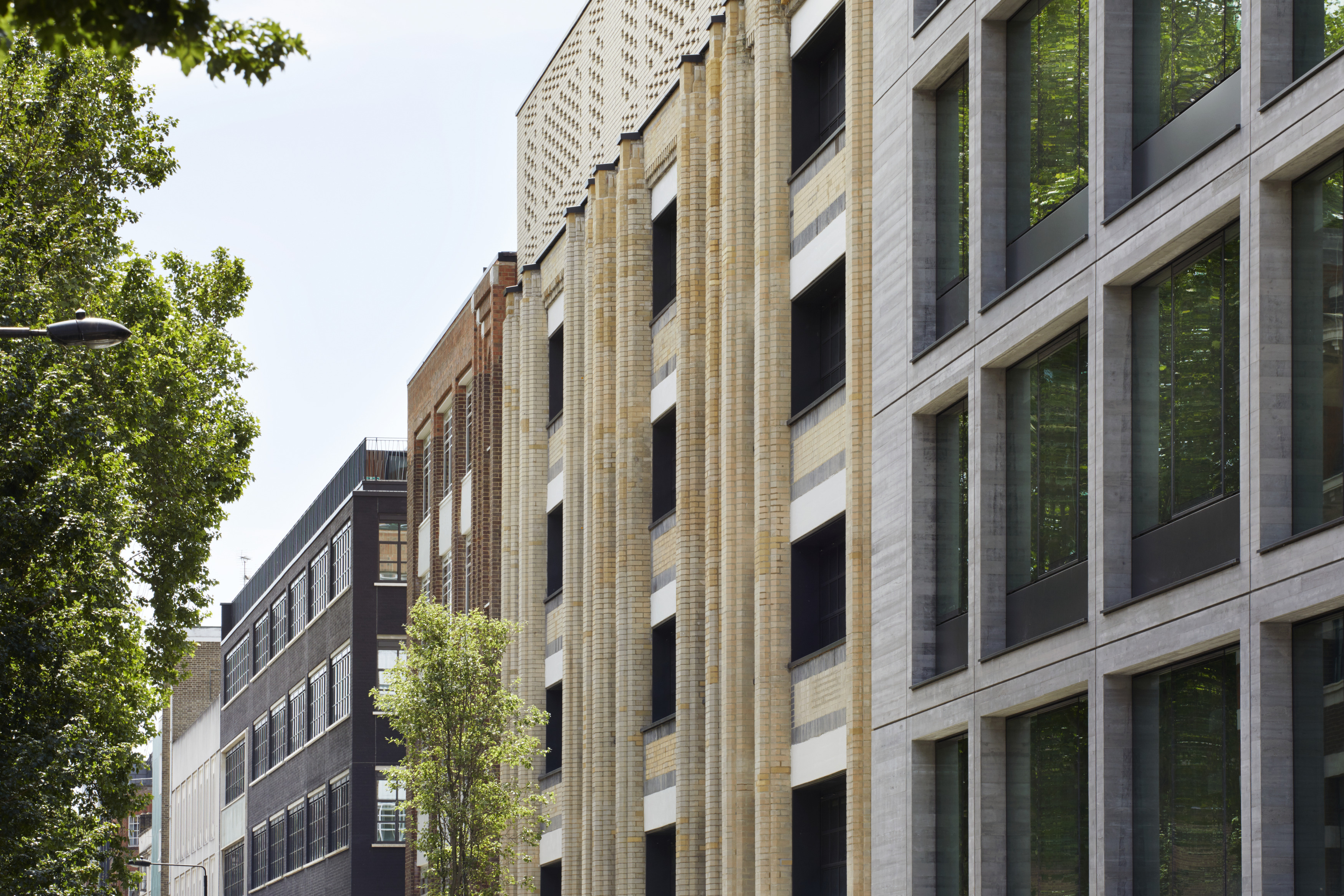
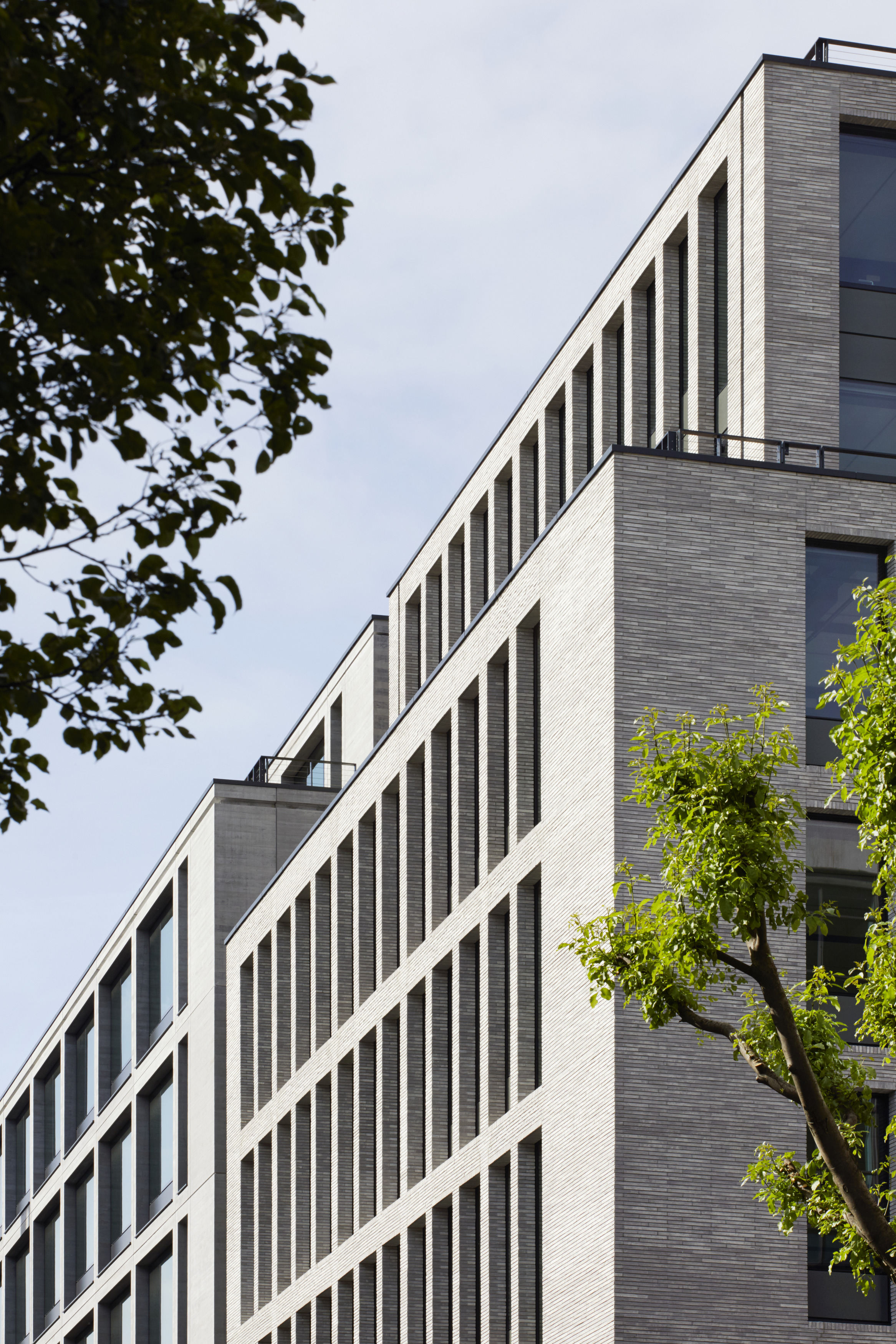
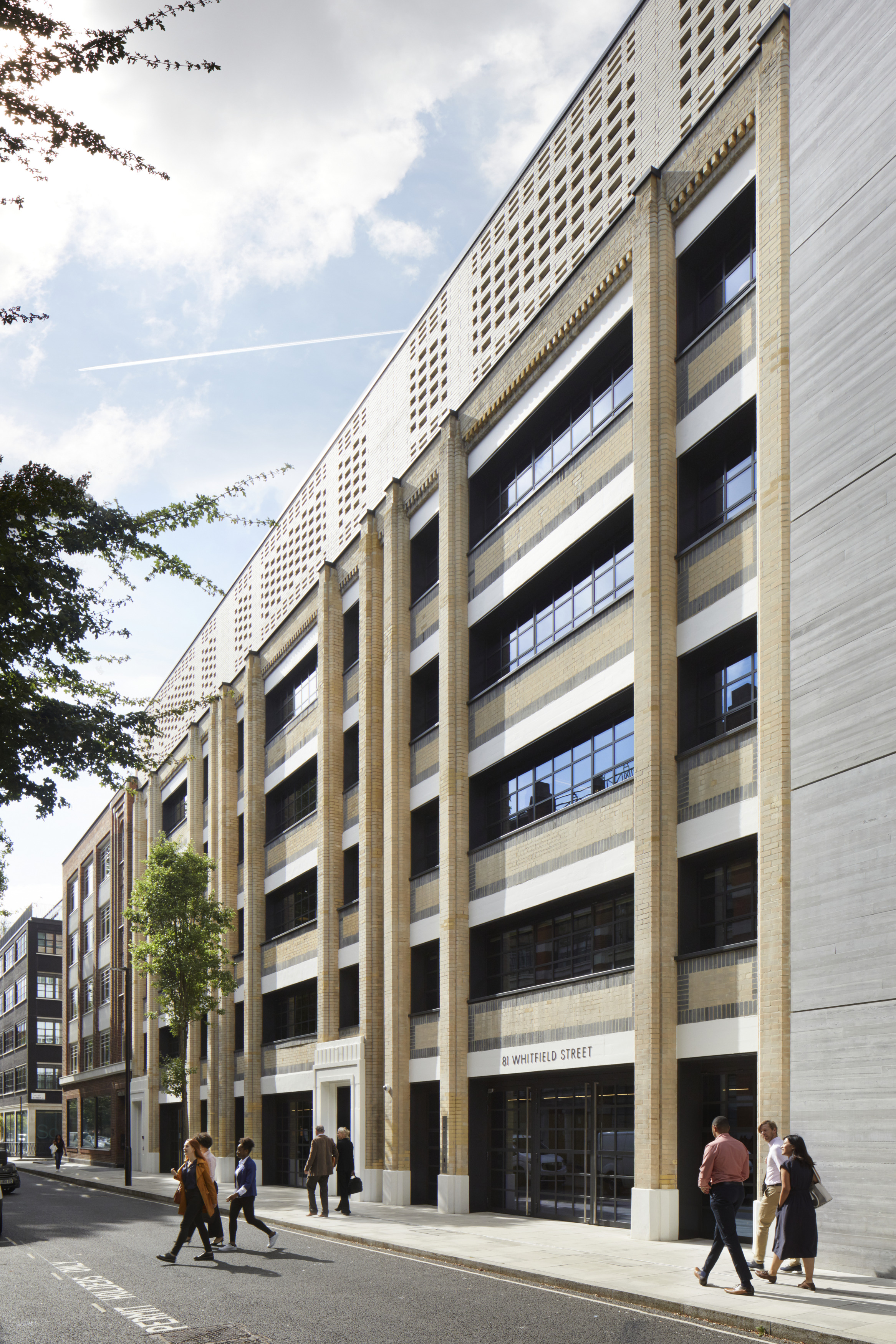
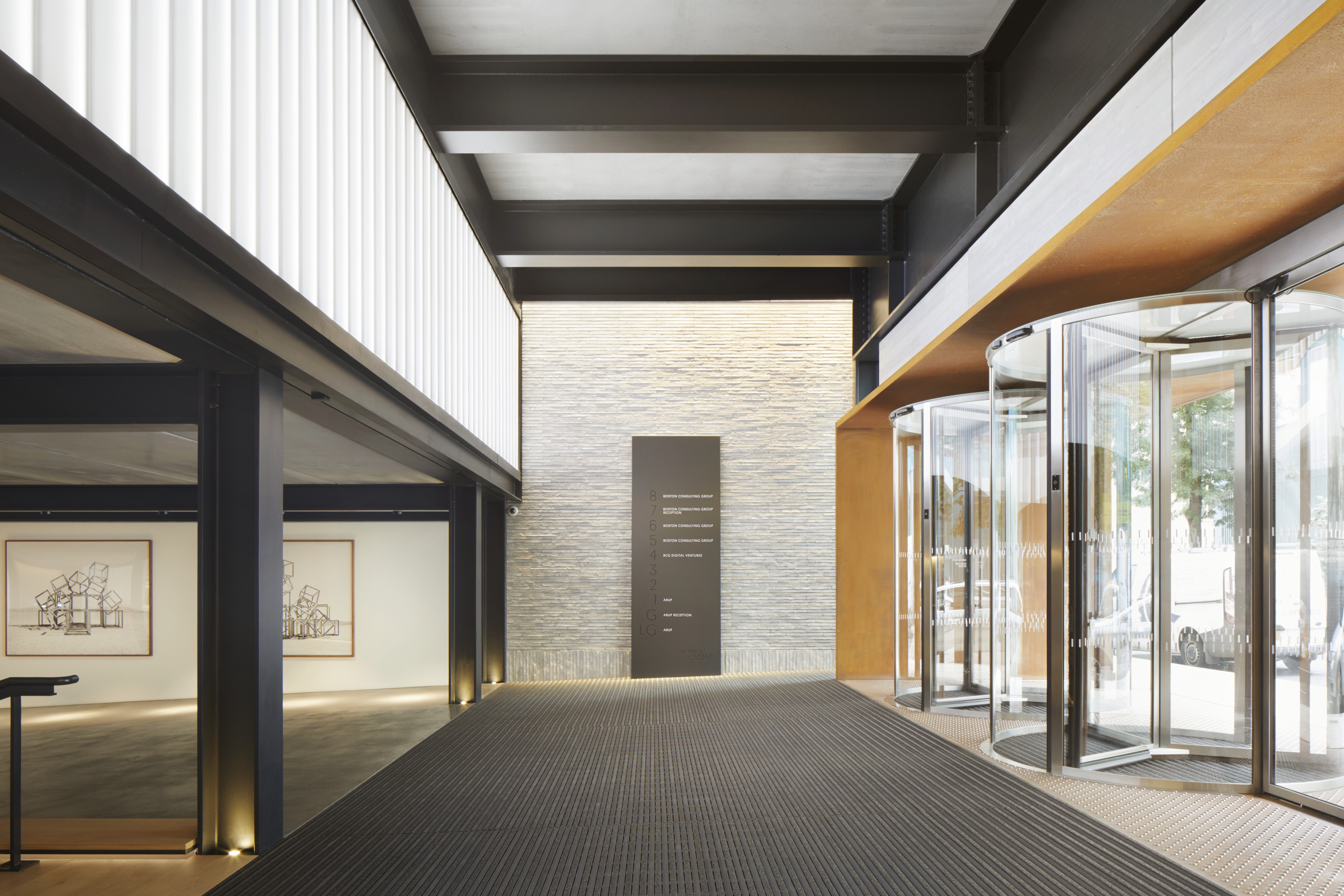
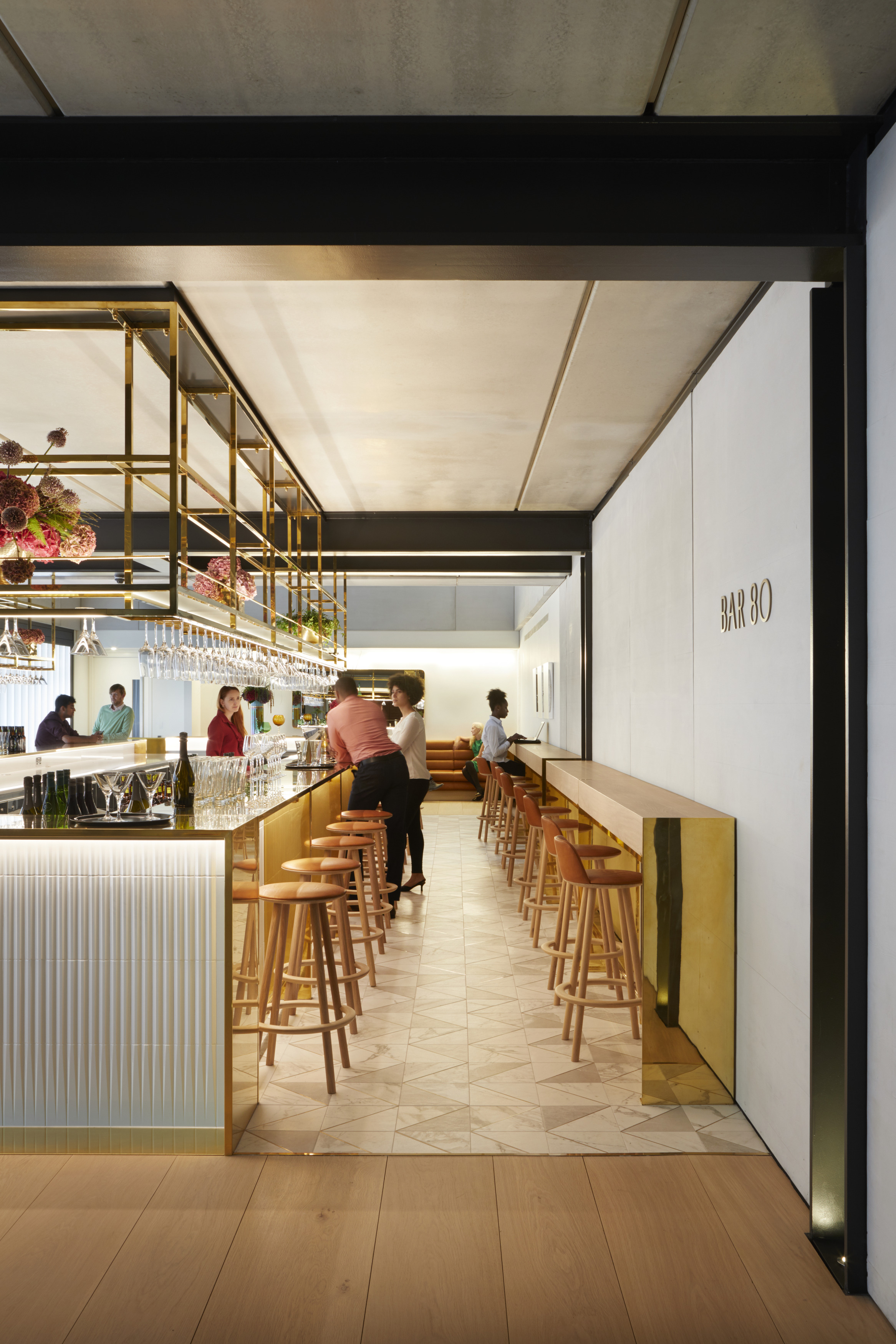
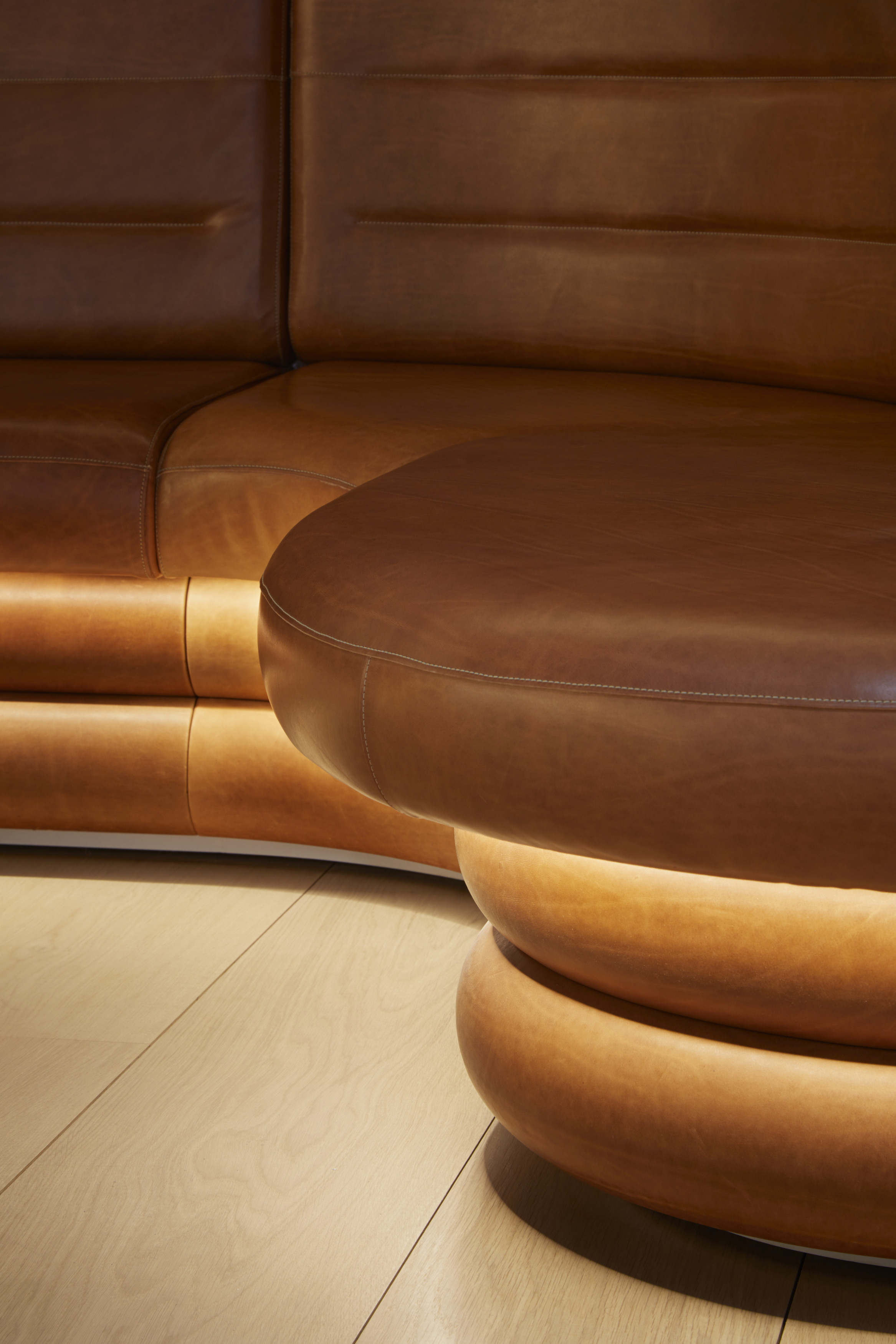

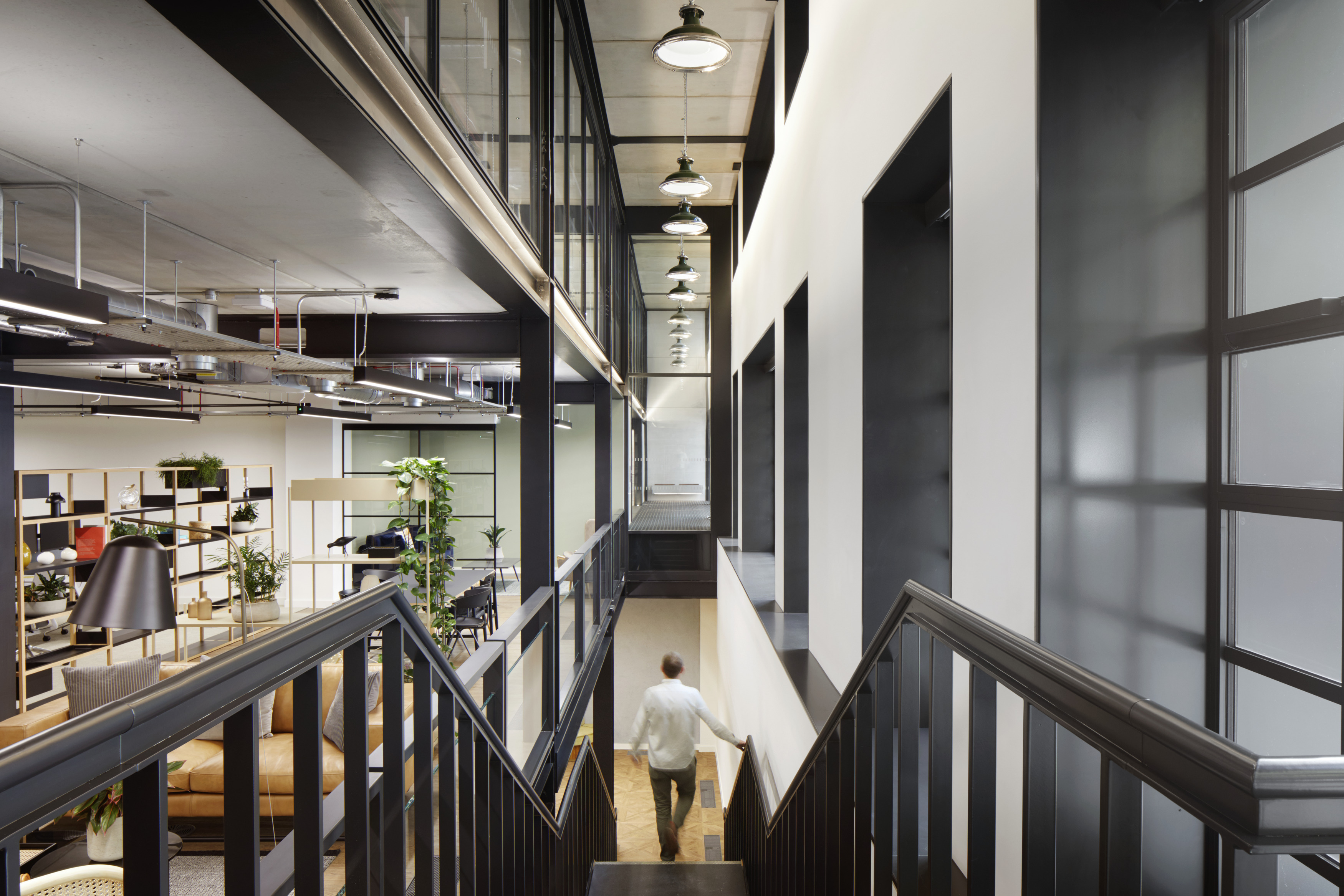
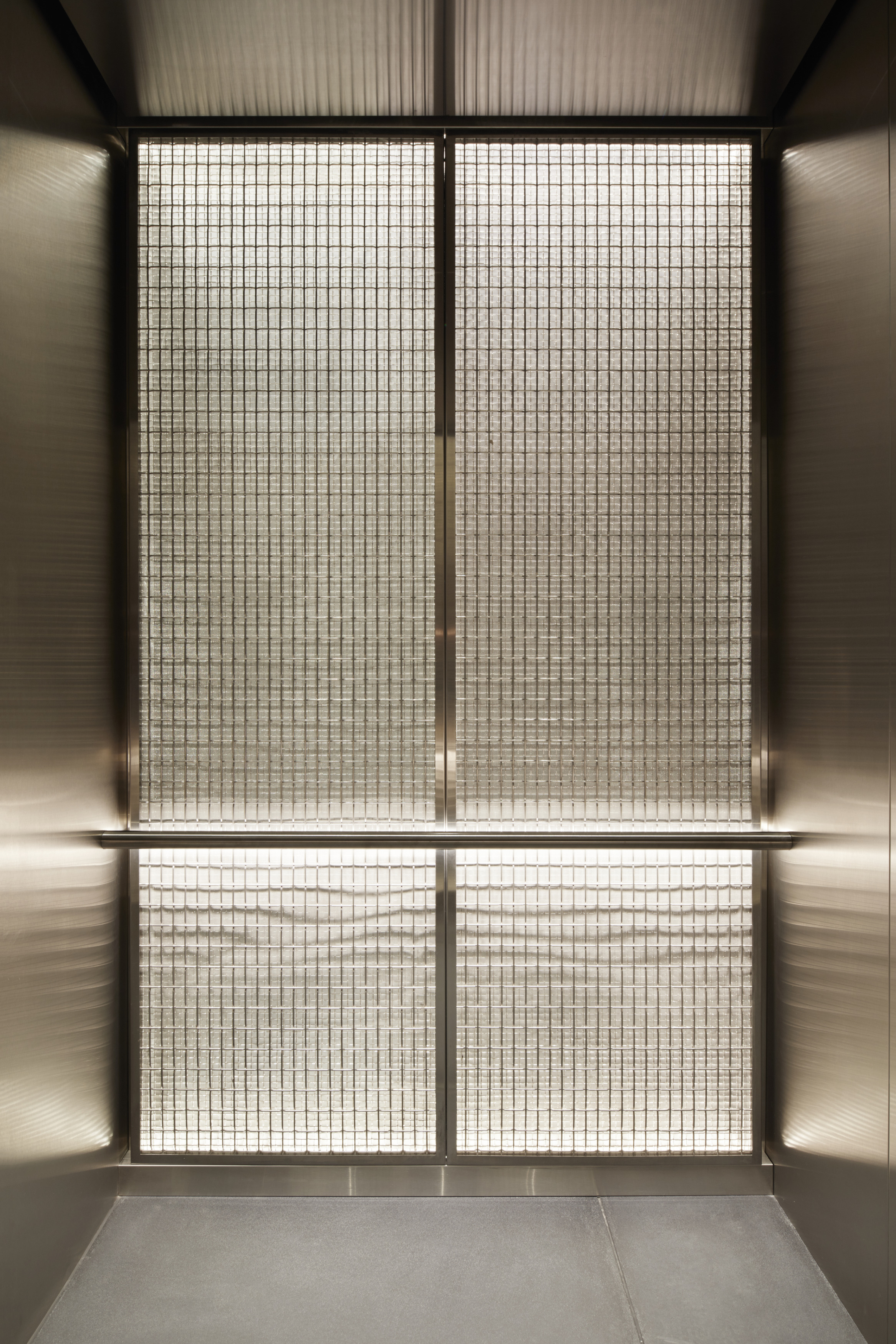

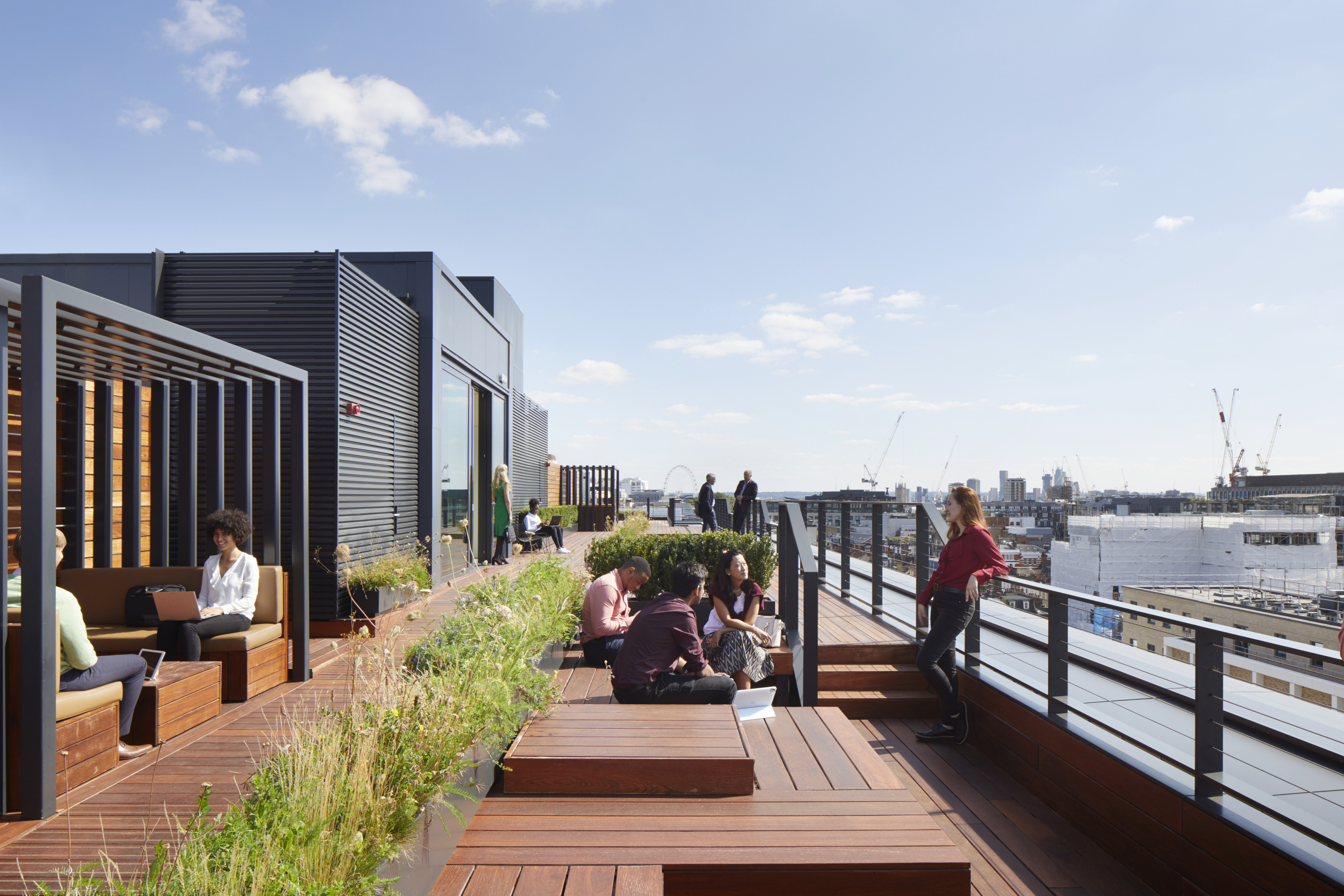
INFORMATION
Receive our daily digest of inspiration, escapism and design stories from around the world direct to your inbox.
Ellie Stathaki is the Architecture & Environment Director at Wallpaper*. She trained as an architect at the Aristotle University of Thessaloniki in Greece and studied architectural history at the Bartlett in London. Now an established journalist, she has been a member of the Wallpaper* team since 2006, visiting buildings across the globe and interviewing leading architects such as Tadao Ando and Rem Koolhaas. Ellie has also taken part in judging panels, moderated events, curated shows and contributed in books, such as The Contemporary House (Thames & Hudson, 2018), Glenn Sestig Architecture Diary (2020) and House London (2022).
-
 This cult Los Angeles pop-up restaurant now has a permanent address
This cult Los Angeles pop-up restaurant now has a permanent addressChef Brian Baik’s Corridor 109 makes its permanent debut in Melrose Hill. No surprise, it's now one of the hardest tables in town to book
-
 French bistro restaurant Maset channels the ease of the Mediterranean in London
French bistro restaurant Maset channels the ease of the Mediterranean in LondonThis Marylebone restaurant is shaped by the coastal flavours, materials and rhythms of southern France
-
 How ethical is Google Street View, asks Jon Rafman in Copenhagen
How ethical is Google Street View, asks Jon Rafman in CopenhagenIn 'Report a Concern - the Nine Eyes Archives' at Louisiana Museum of Art, Copenhagen, Jon Rafman considers technology's existential implications
-
 A former agricultural building is transformed into a minimal rural home by Bindloss Dawes
A former agricultural building is transformed into a minimal rural home by Bindloss DawesZero-carbon design meets adaptive re-use in the Tractor Shed, a stripped-back house in a country village by Somerset architects Bindloss Dawes
-
 RIBA House of the Year 2025 is a ‘rare mixture of sensitivity and boldness’
RIBA House of the Year 2025 is a ‘rare mixture of sensitivity and boldness’Topping the list of seven shortlisted homes, Izat Arundell’s Hebridean self-build – named Caochan na Creige – is announced as the RIBA House of the Year 2025
-
 In addition to brutalist buildings, Alison Smithson designed some of the most creative Christmas cards we've seen
In addition to brutalist buildings, Alison Smithson designed some of the most creative Christmas cards we've seenThe architect’s collection of season’s greetings is on show at the Roca London Gallery, just in time for the holidays
-
 In South Wales, a remote coastal farmhouse flaunts its modern revamp, primed for hosting
In South Wales, a remote coastal farmhouse flaunts its modern revamp, primed for hostingA farmhouse perched on the Gower Peninsula, Delfyd Farm reveals its ground-floor refresh by architecture studio Rural Office, which created a cosy home with breathtaking views
-
 A revived public space in Aberdeen is named Scotland’s building of the year
A revived public space in Aberdeen is named Scotland’s building of the yearAberdeen's Union Terrace Gardens by Stallan-Brand Architecture + Design and LDA Design wins the 2025 Andrew Doolan Best Building in Scotland Award
-
 The Architecture Edit: Wallpaper’s houses of the month
The Architecture Edit: Wallpaper’s houses of the monthFrom wineries-turned-music studios to fire-resistant holiday homes, these are the properties that have most impressed the Wallpaper* editors this month
-
 A refreshed 1950s apartment in East London allows for moments of discovery
A refreshed 1950s apartment in East London allows for moments of discoveryWith this 1950s apartment redesign, London-based architects Studio Naama wanted to create a residence which reflects the fun and individual nature of the clients
-
 In this Cotswolds home, drama meets minimalism
In this Cotswolds home, drama meets minimalismCotswolds home Hiaven house, with interiors designed by McLaren Excell, is a perfect blend of contemporary chic and calm, countryside drama